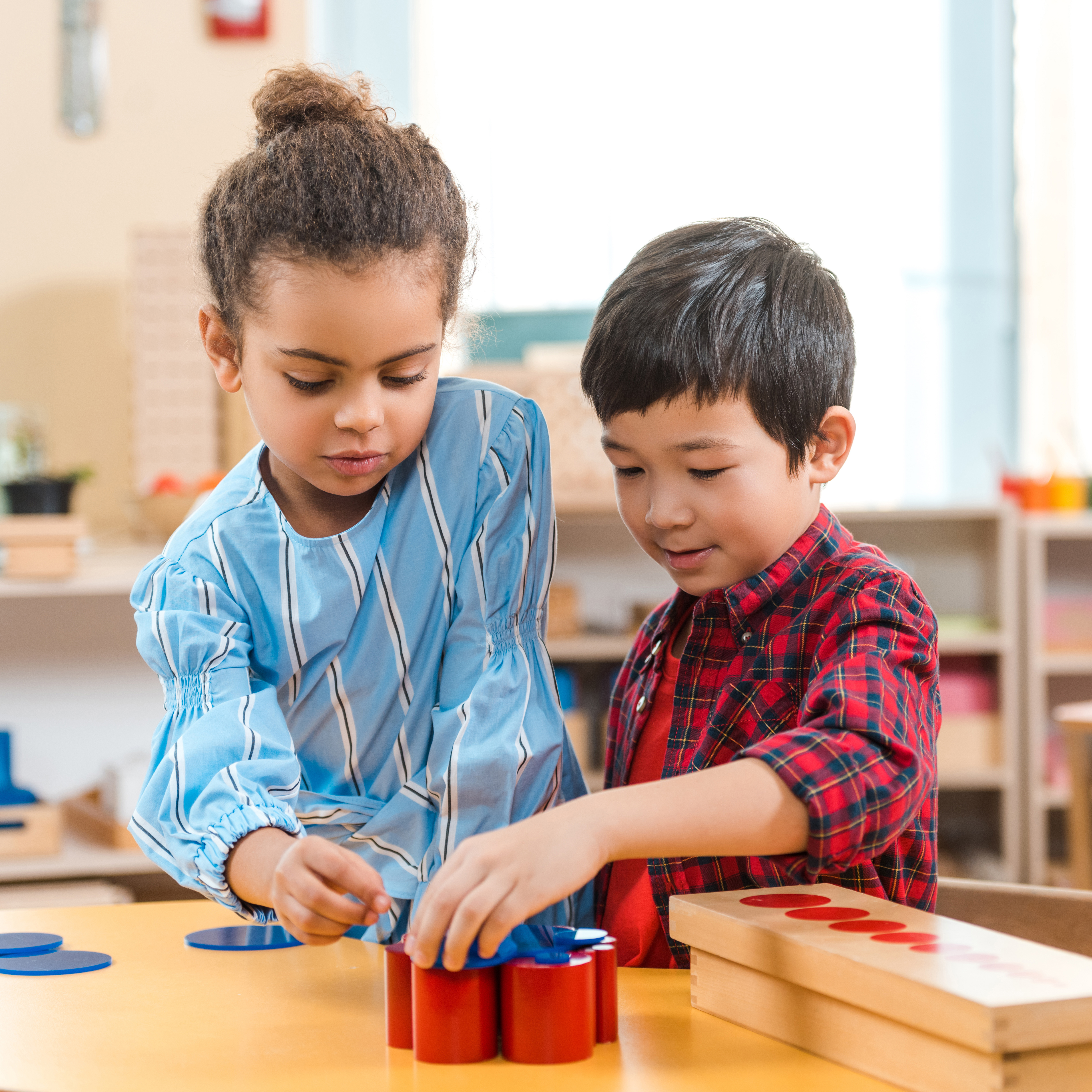
Jun 08, 2020
Back to school is an exciting time for you and your child. Any many of the same back to school routines you usually follow can be implemented this time too.
However, this particular back to school probably also feels very different. You may be anxious about your child’s safety and wondering what you can do to help keep her safe. This, too, is normal. You have a right to be concerned about your child’s health and well-being, and preschool teachers and support staff understand that. Don’t be afraid to ask questions about protocols and health and safety measures your school has in place.
Remember that your child has had you at home for weeks now and may be very reluctant to give you up. This is a different kind of separation anxiety from the usual first day of school jitters, so it requires a slightly different approach. School itself might seem very different. Teachers may be wearing protective gear during the school day. Some of the old routines will have changed considerably.
Here are a few tips that can help you ready you and your child this new back to school.
Talk openly about the changes your child might expect at school. Remember that he’s already been through many changes in the past few months. Like any child, he will have picked up on the added stressors in your life. He may not be able to articulate the cause of your stress, but he recognizes it.
Many of these changes occurred without warning, making them even more challenging to deal with for a young child who has only a limited understanding of events. You can help this next transition by talking through some expected changes with her before her first day.
Remember, there may be new staff. Some of your child’s friends may not return to school. The classroom may even look very different as staff rearranges to accommodate social distancing.
Some of the additional changes you may see and can prepare your child for include:
Before the big day comes, there are a variety of ways you can prepare yourself and your child. The first is to stay optimistic. Children are intuitive and will pick up on your stress or worry. Stay upbeat and emphasize the positives – seeing their friends, playing with new toys or even a favorite teacher. Remember that staff has been well-trained in keeping your child safe.
Encourage frequent hand washing at home with soap and warm water and establish a routine that will help your child keep to the recommended twenty seconds. Sing a song or recite a poem together. Consider encouraging hand washing every time your child switches activities, as this is likely to be the procedure once they return to school.
Practice coughing and sneezing into a disposable tissue, discard and wash your hands. Show your child how to cough under their collar if a tissue is unavailable. Rewash your hands.
Finally, teach your child to avoid touching their eyes, mouth or nose. Make a game of it. And make sure that if they catch you touching your face, they can call you out too.
When you role play back to school scenarios, allow your child to play a different role – that of the teacher or even parent. Temperature screening can seem scary to a small child but explain that it is just a precaution and then allow them to take your temperature. Consider dressing them in a mask and gloves if available. Act out what happens at drop off or pick up, but especially saying goodbye.
Act out some of the daily routines they’ve come to expect at school and the new ones, such as handwashing that may be implemented. Encourage them to clean and “sanitize” their toys. Let your child take the lead but help out with ideas if they can’t remember exactly what school looked like.
COVID-19 has wreaked havoc on many things but especially on our family routines. Bedtime may not look the same, for example, and your child may wake up much later than usual. As soon as possible, ease back into a more structured routine. Routines are comforting for young children, but they are also a strong signal to a child that things are returning to normal. The first day back to school will be far less stressful for your child if they are well-rested.
Your child may adjust very well to this next change in his life after all children are remarkably resilient. And they are going to have fun at school. However, it will help if you still ask questions when she returns home from school. Get her to tell you all the funny stories. Again, maintain a positive outlook. Don’t lead with questions that might emphasize negative perceptions, but do allow your child to talk out his concerns with you if he has any. Watch too for non-verbal clues such as excessive clinginess or acting out, which may indicate that she is stressed.
While it is essential to talk to your child about the changes they can expect, it is equally important not to dramatize these changes overly. Be as matter of fact as possible.
They are the new normal, and that too is OK.